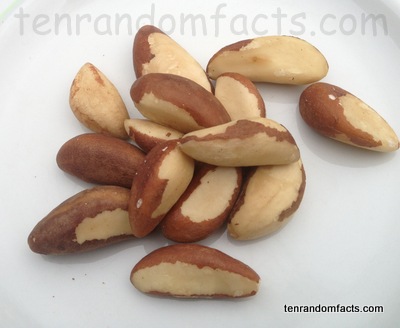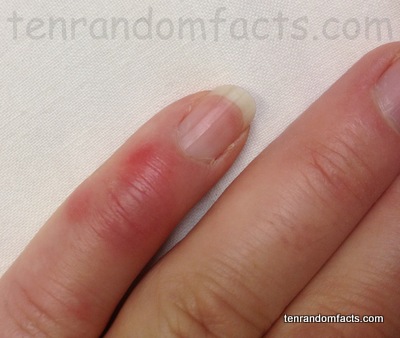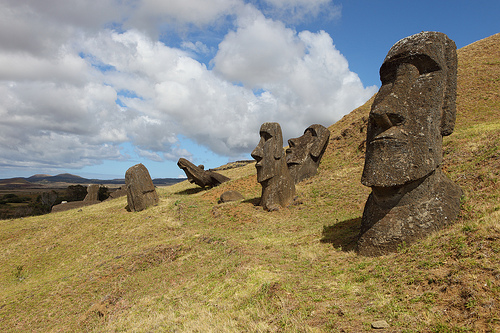
A nut case…
- Brazil nuts are the edible nut of Bertholletia excelsa, a tree also known as a ‘Brazil nut tree’ or ‘Castanheiro do Para’ (Brazil), that are native to the South American Amazon forests.
- Brazil nuts grow on the largest tree in the Amazon forest, that can grow up to 50 meters (160 feet) in height and has a tree trunk diameter of 1 to 2 meters (3.3 to 6.6 feet) and can live from 500 to 1000 years.
- Brazil nut fruit grow in a large, round wooden pod, that are between 10 to 15 cm (3.9 to 5.9 inches) in diameter, almost the size of a coconut, and weigh up to 2.2 kg (5 pounds).
- Brazil nut pods contains 10 to 25 seeds that have a hard, triangular shaped exterior that protect the edible Brazil nut inside, which are arranged like orange segments, and are usually 4 to 5 cm (1.6 to 2 inches) in length, with the nut being slightly smaller, 3 to 4 cm (1.2 – 1.6 inches) in length.
- Falling Brazil nut tree pods can travel at speeds of 80 km/h (50 mph), and as a result can be fatal to humans, or can easily damage things like vehicles, although the act of cutting down the trees is illegal because they are becoming endangered, even though trees are found on household properties.
- Up to 113 kg (250 pounds) of Brazil nuts are produced each year from one Brazil nut tree, and each tree produces between 60 and 215 pods that take approximately 15 months to develop to maturity, which are harvested once they have fallen to the ground.
- Brazil nuts are generally eaten raw and are a good source of magnesium, phosphorous, manganese, copper, thiamin and Vitamin E, and are a very rich source of selenium, an important antioxidant beneficial to the immune system and health of the heart, which is also said to hep prevent breast and prostrate cancer, with two Brazil nuts per day being sufficient to provide a human’s daily need of selenium.
- It is believed that agoutis, a type of small rodent, are the only animal in the Amazon able to penetrate the 8–12 mm (0.31–0.47 in) thick Brazil nut pod to access the nuts, which they eat, or bury in the ground for later use, although if the seed is forgotten about and the conditions are right, a new Brazil nut tree will sprout from it.
- Purchased Brazil nuts generally come from undisturbed wild trees rather than cultivated ones, as there are very few Brazil nut plantations and they generally have a low production rate compared to wild trees.
- It is possible to eat too many Brazil nuts, so eating no more than 2-3 per day is recommended, otherwise you may suffer from selenium poisoning, which can include, nausea, hair loss and fingernail damage and loss.















